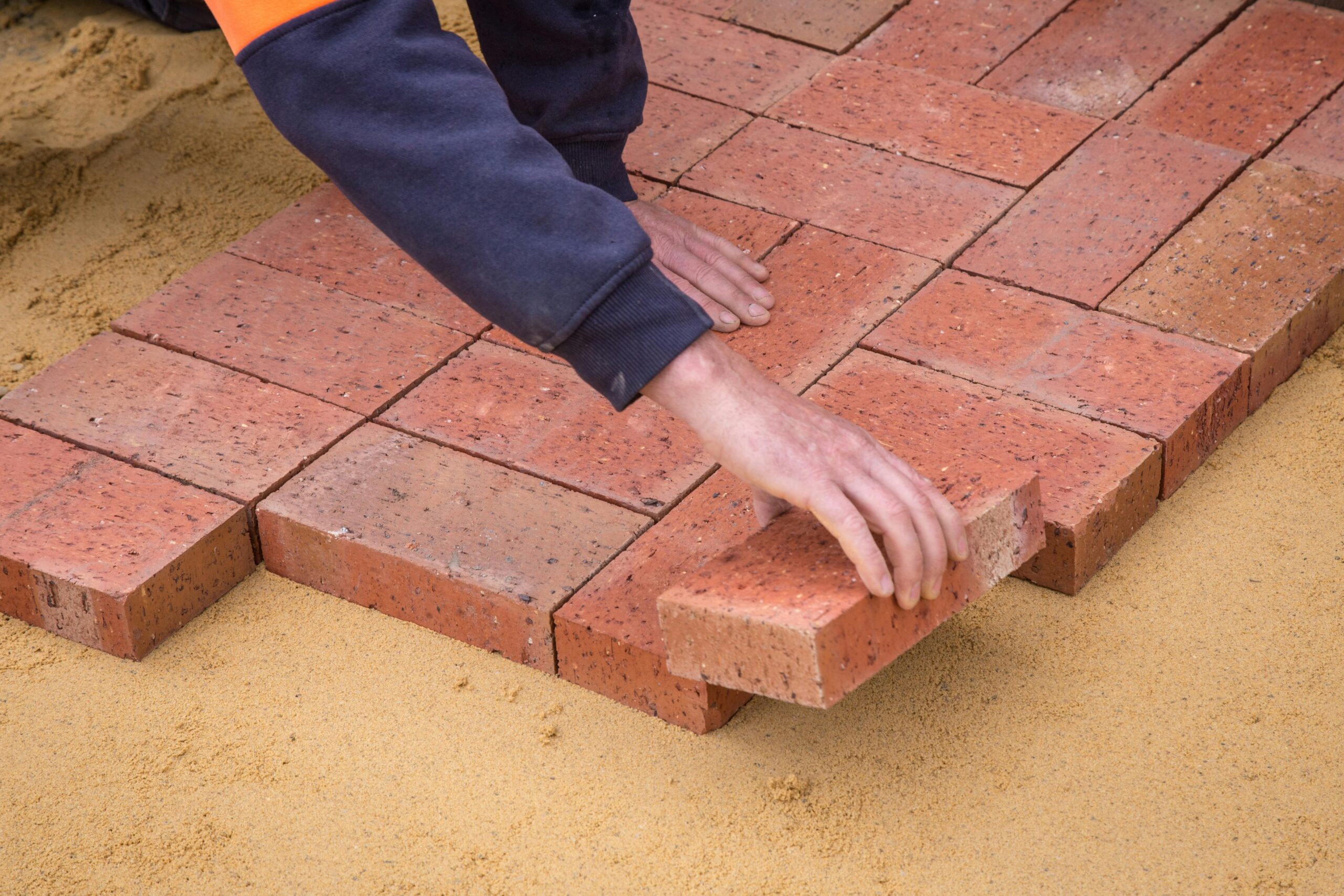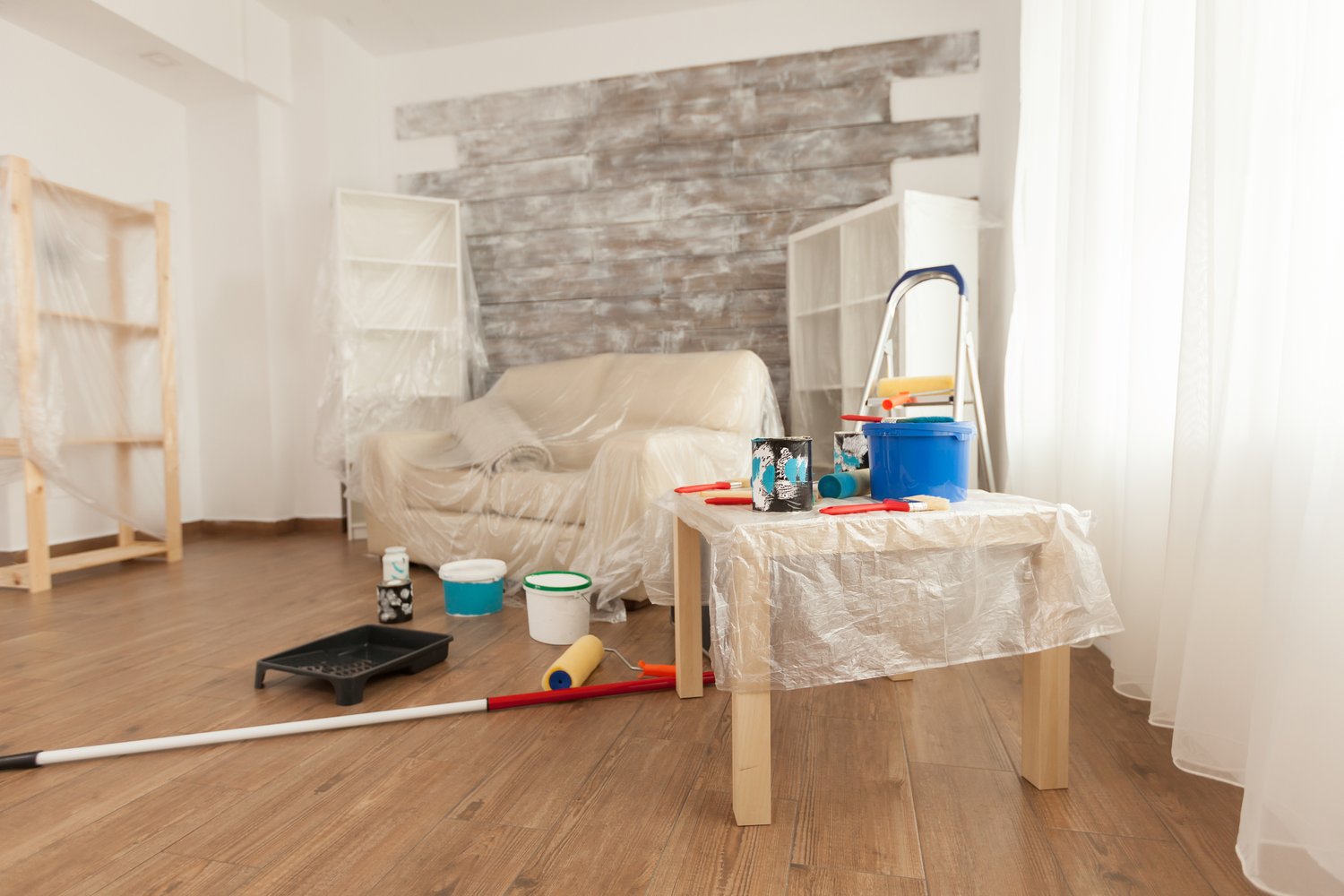Selecting the right hardscaping materials for your outdoor living space can transform your property while providing functional areas for relaxation and entertainment. Whether you’re planning a new patio, constructing walkways, or building retaining walls, understanding the differences between natural stone, concrete pavers, and poured concrete is essential. Each material offers distinct advantages in terms of aesthetics, longevity, price point, and maintenance requirements. This comprehensive guide will help you navigate these options to make an informed decision that aligns with your landscape design goals, budget, and lifestyle.
Understanding Natural Stone Options
Natural stone represents the premium choice in the hardscaping materials comparison, offering unmatched character and timeless appeal. Materials like flagstone, slate, limestone, and granite provide unique color variations and textures that manufactured products simply cannot replicate. When considering a natural stone vs pavers patio, many homeowners are drawn to stone’s organic appearance and one-of-a-kind patterns. Each piece of stone tells a geological story, bringing a sense of permanence and connection to the natural world.
The durability of quality natural stone is legendary—many installations last for generations with minimal deterioration. This exceptional longevity makes it an environmentally sound choice despite the higher initial investment. The cost typically ranges from $15-30 per square foot installed, depending on the stone type, thickness, and your geographic location. While this represents the highest price point among hardscaping options, many homeowners find the investment worthwhile for high-visibility areas like front entrances or main entertainment spaces.
Maintenance requirements for natural stone are relatively modest. Occasional sweeping and annual cleaning with a mild detergent solution will generally suffice. Some porous stones may require sealing every few years to prevent staining and enhance color depth. When planning your hardscape project, visualizing different stone options can be challenging, but tools like AskHomey can help you imagine how various materials might look in your specific outdoor setting.
Concrete Pavers: Versatility and Value
Concrete pavers represent an excellent middle ground in hardscaping, offering impressive versatility at a more moderate price point. Modern manufacturing techniques have dramatically improved their aesthetic appeal, with options that convincingly mimic natural stone, brick, or cobblestone. When evaluating the natural stone vs pavers patio debate, many homeowners appreciate that pavers offer more uniform dimensions while still providing textural interest.
The concrete patio cost durability equation often favors pavers, with installations typically ranging from $10-20 per square foot. This cost-effectiveness doesn’t compromise longevity—quality pavers can last 25-50 years when properly installed. Their modular nature offers another significant advantage: individual units can be replaced if damaged, unlike monolithic concrete slabs that may require complete removal.
Pavers excel as the best material for walkways in many settings, providing sure footing in wet conditions thanks to their slightly textured surface. Their defined joints also allow for minor ground movement without cracking, making them ideal for freeze-thaw climates. Maintenance consists primarily of occasional sweeping and periodically refreshing the joint sand. Some homeowners choose to apply sealer every few years to enhance color retention and resist staining, particularly for lighter-colored pavers.
Poured Concrete: Economical and Adaptable
Poured concrete remains the most economical hardscaping option, with a concrete patio cost durability profile that suits many budgets. Basic installations typically range from $6-15 per square foot, depending on complexity, finishing techniques, and regional labor costs. While once considered purely utilitarian, modern concrete has evolved into a design-forward material through techniques like stamping, staining, and exposed aggregate finishes.
When properly installed with appropriate control joints and reinforcement, concrete offers good durability, typically lasting 20-30 years before significant repairs may be needed. However, concrete does tend to crack over time, particularly in areas with freeze-thaw cycles or expansive soils. These cracks, while generally structural rather than aesthetic concerns, can be visually distracting in prominent locations.
Maintenance requirements for concrete are relatively straightforward—regular sweeping and occasional power washing will keep surfaces looking their best. Resealing every 2-3 years helps protect against staining and extends the life of colored or stamped concrete. For retaining wall options, poured concrete offers excellent structural integrity for taller applications, though it typically requires professional installation and possibly engineering oversight depending on height and soil conditions.
Selecting Materials for Specific Applications
When evaluating the best material for walkways, practical considerations should guide your decision. High-traffic paths benefit from the durability of pavers or textured concrete, while secluded garden paths might showcase natural stone’s beauty. For retaining wall options, materials should be selected based on wall height, soil conditions, and aesthetic preferences. Natural stone walls provide rustic charm for shorter applications, while engineered concrete blocks offer structural integrity for taller retaining walls.
Climate considerations should influence your hardscaping choices as well. Regions with frequent freezing and thawing benefit from materials that can accommodate movement, like pavers with sand joints. Hot, sunny climates might favor lighter-colored materials that reflect rather than absorb heat. By carefully considering your specific environment and usage patterns, you can select hardscaping materials that will provide decades of enjoyment and functionality.
For more tips and to connect with reliable home service professionals, follow AskHomey on Facebook and Instagram.



